Weight of Evidence Approach for Acute Oral Toxicity Under Canada NSNR – Polymer Notification for Cosmetics
Challenge
The polymer, a well-defined composition of seven oligomers, was not listed on the Domestic Substances List (DSL) and required notification under Schedule 10 of the NSNR due to the manufacturing volume in Canada. As per Schedule 10, an acute oral mammalian toxicity study is required.
However, the substance was intended for use in cosmetics, and the client’s corporate policy — aligned with ethical standards and regional cosmetic regulations — prohibited in vivo animal testing, presenting a clear conflict with the standard data requirements.
Client
A global cosmetic ingredient supplier sought regulatory support for the notification of a new polymer substance under the Canadian Environmental Protection Act (CEPA), in accordance with the New Substances Notification Regulations (NSNR).
Our Solution
In order to address this challenge and avoid in vivo testing, a Weight of Evidence (WoE) approach was developed and proposed to Canadian authorities. The strategy integrated multiple evidence lines:
Step 1 - Read-Across
The strategy began by identifying an appropriate read-across analog—the monomer unit from which the polymer was built. The rationale presented was that, in the event of breakdown, the monomer would represent the worst-case toxicological scenario. Since this monomer had existing in vivo acute oral toxicity data and no classification of concern, it provided a foundation for demonstrating low toxicity potential of the polymer as a whole.
Step 2 - QSAR Modeling
Next, a QSAR-based assessment was conducted using the EPA TEST tool. Acute oral toxicity predictions were generated for each of the seven oligomers in the polymer. Five of these oligomers were found to be within the applicability domain of the model, and their predictions were deemed reliable. Each QSAR output was documented using a QPRF (Quantitative Prediction Reporting Format), and supported by reference to the model’s QMRF to confirm scientific validity. These results were integrated to estimate an overall acute toxicity classification following the approach outlined in the ECHA Guidance on the Application of the CLP Criteria (Version 6.0).
Step 3 - In Vitro Data
In order to further strengthen the argument, in vitro cytotoxicity testing was conducted, providing experimental support consistent with low mammalian toxicity.
Together, these three lines of evidence—read-across, QSAR modeling, and in vitro data, formed the basis of the WoE report submitted to authorities.
The approach was presented in a preliminary meeting with Canadian authorities, where it was received positively. However, regulators requested more detailed documentation to support each line of evidence, including greater transparency in the interpretation of the QSAR predictions and justification of the read-across assumption. Specifically, they asked for more granular supporting data to allow for an in-depth technical review.
Benefits to the Client
While the final decision was pending at the time of writing, the proposed strategy was effective in demonstrating the scientific robustness of the WoE approach. It avoided the need for new in vivo animal testing and upheld the client's ethical constraints, while meeting the technical expectations of Canadian regulatory authorities.
What we learned
This case highlights the value of early engagement with regulators and the importance of structuring WoE submissions with a high level of transparency and scientific rigor. It also illustrates how read-across and QSAR predictions can be successfully leveraged for polymer substances, particularly in contexts where conventional testing is not an option.
Start your journey today
If you're interested in learning how to meet CEPA and NSNR obligations but are unsure of where to begin or what is required, we're here to help.
Yordas offers concise, comprehensive and cost-effective up-to-date information about notification requirements, developing legislation and regulations around the world. From identifying regulatory obligations and understanding international business risks, to fully supporting your in-house regulatory teams, Yordas can help your business secure access to global markets. To reach out to our team, please don't hesitate to get in touch with us.
Additionally, more information about our Global Notifications services can be found on our website here.

